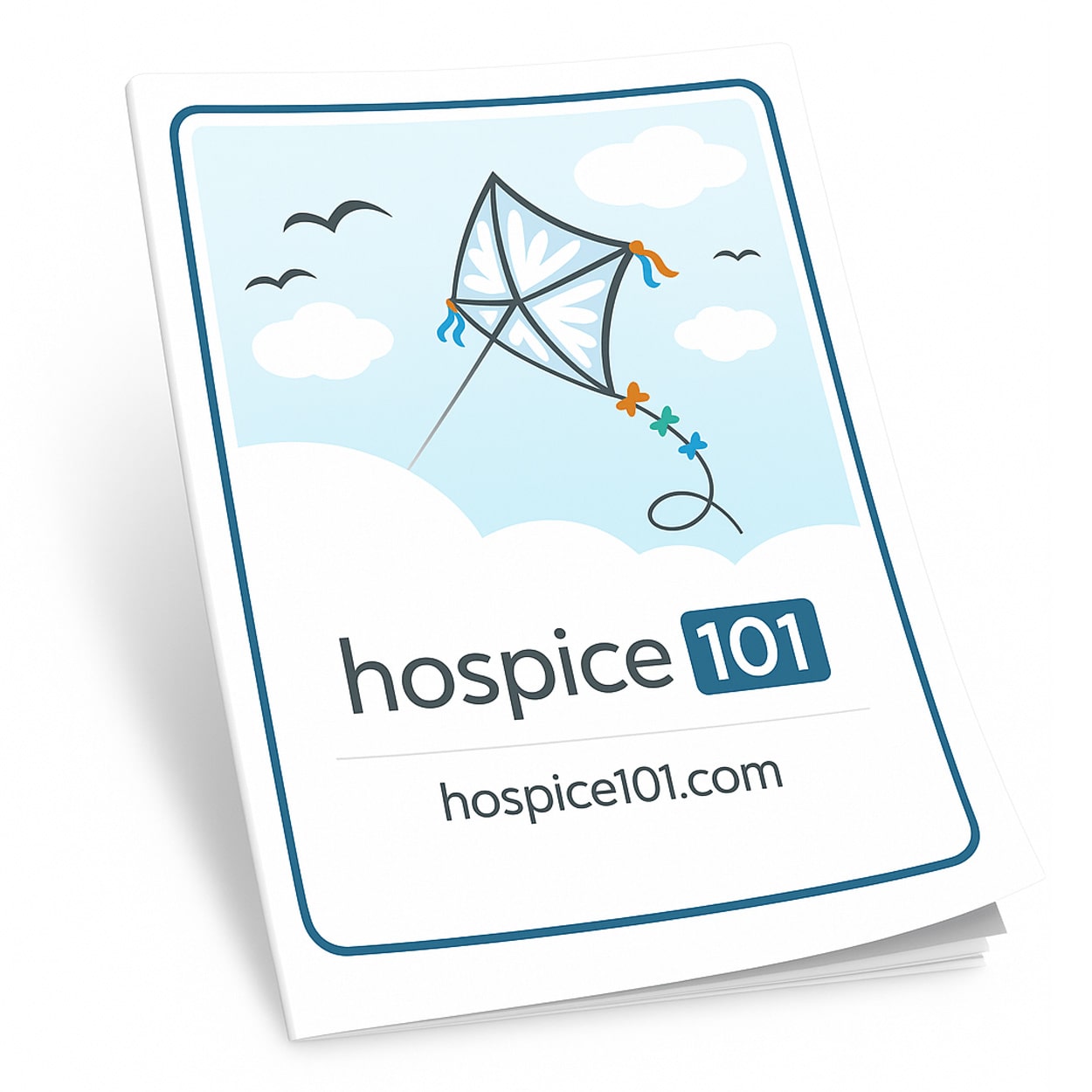Time of Death
Unavoidably, the time of death will arrive. If you suspect your loved one has passed, notify the hospice provider right away.
What are some signs that death has occurred?
Here are a few things to look for if you suspect your loved one has passed:
- No rise and fall of the chest
- Significant discoloration of the skin
- Jaw may be dropped and eyes may be open
- Pupils do not respond to light
Who should I call?
While your first instinct may be to call 911, call the hospice agency instead. The hospice nurse will come to the home or facility to provide support and confirmation. It's the nurse’s responsibility to confirm death.
What can I do while waiting for the hospice nurse to arrive?
If you’re alone, you may want to call a neighbor, family member or friend to be with you during this time. Be prepared to let the hospice nurse know of any special traditions or cultural beliefs that need to be honored.
What happens once the hospice nurse arrives?
After confirming death, the hospice nurse will make a series of phone calls to designated officials, such as the coroner’s office. They will then coordinate the transfer of your loved one to your chosen funeral home. The nurse will remove any tubing and help get your loved one ready for transportation.
What happens with remaining medications and durable medical equipment?
Your hospice team will coordinate the retrieval of any remaining medications and supplies. The durable medical equipment provider will make arrangements to remove any
medical equipment. ■
